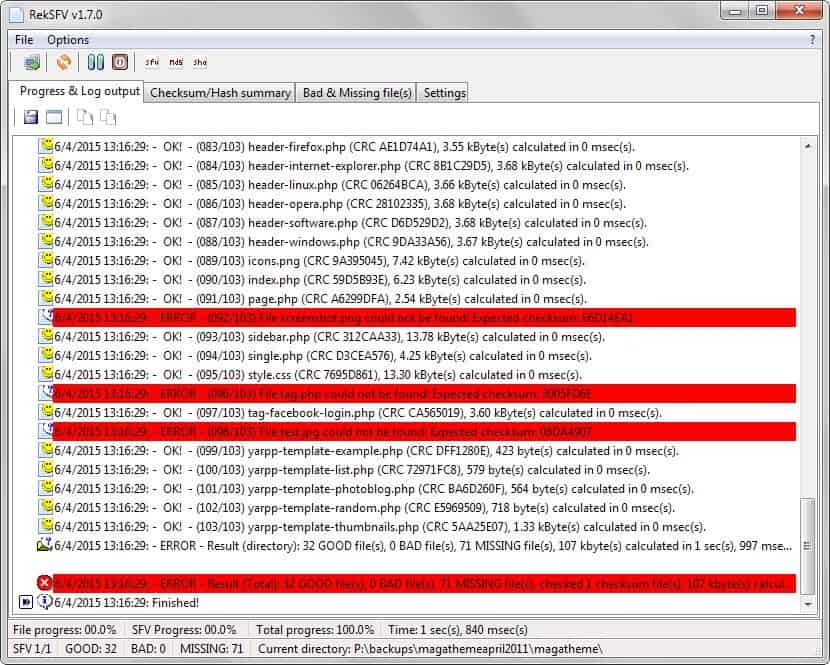Check Valid File Path Net
The path parameter is permitted to specify relative or absolute path information. Relative path information is interpreted as relative to the current working directory. Trailing spaces are removed from the end of the path parameter before checking whether the directory exists. The path parameter is not case-sensitive. If you do not have at a minimum read-only permission to the directory, the Exists method will return false. The Exists method returns false if any error occurs while trying to determine if the specified file exists. This can occur in situations that raise exceptions such as passing a file name with invalid characters or too many characters, a failing or missing disk, or if the caller does not have permission to read the file.
File Path References
Note To view the.NET Framework source code for this type, see the. You can browse through the source code online, download the reference for offline viewing, and step through the sources (including patches and updates) during debugging; see. The.NET Framework does not support direct access to physical disks through paths that are device names, such as '. PHYSICALDRIVE0 '. A path is a string that provides the location of a file or directory. A path does not necessarily point to a location on disk; for example, a path might map to a location in memory or on a device.
The exact format of a path is determined by the current platform. For example, on some systems, a path can start with a drive or volume letter, while this element is not present in other systems. On some systems, file paths can contain extensions, which indicate the type of information stored in the file. The format of a file name extension is platform-dependent; for example, some systems limit extensions to three characters, and others do not.
Check if String is a file or a folder VB.NET. Now let's check if the path is a file or not. Use to check path/file exists in VB.NET. Check if String is a file or a folder VB.NET. But i don't know how to validate them. Now let's check if the path is a file or not.

The current platform also determines the set of characters used to separate the elements of a path, and the set of characters that cannot be used when specifying paths. Because of these differences, the fields of the Path class as well as the exact behavior of some members of the Path class are platform-dependent.
A path can contain absolute or relative location information. Absolute paths fully specify a location: the file or directory can be uniquely identified regardless of the current location. Relative paths specify a partial location: the current location is used as the starting point when locating a file specified with a relative path. To determine the current directory, call.

Most members of the Path class do not interact with the file system and do not verify the existence of the file specified by a path string. Path class members that modify a path string, such as, have no effect on names of files in the file system. Path members do, however, validate the contents of a specified path string, and throw an exception if the string contains characters that are not valid in path strings, as defined in the characters returned from the method. For example, on Windows-based desktop platforms, invalid path characters might include quote ('), less than , pipe ( ), backspace ( b), null ( 0), and Unicode characters 16 through 18 and 20 through 25. The members of the Path class enable you to quickly and easily perform common operations such as determining whether a file name extension is part of a path, and combining two strings into one path name. All members of the Path class are static and can therefore be called without having an instance of a path. Note In members that accept a path as an input string, that path must be well-formed or an exception is raised.
For example, if a path is fully qualified but begins with a space, the path is not trimmed in methods of the class. Therefore, the path is malformed and an exception is raised.
Similarly, a path or a combination of paths cannot be fully qualified twice. For example, 'c: temp c: windows' also raises an exception in most cases. Ensure that your paths are well-formed when using methods that accept a path string. In members that accept a path, the path can refer to a file or just a directory. The specified path can also refer to a relative path or a Universal Naming Convention (UNC) path for a server and share name. For example, all the following are acceptable paths:. 'c: MyDir MyFile.txt' in C#, or 'c: MyDir MyFile.txt' in Visual Basic.
'c: MyDir' in C#, or 'c: MyDir' in Visual Basic. 'MyDir MySubdir' in C#, or 'MyDir MySubDir' in Visual Basic. ' MyServer MyShare' in C#, or ' MyServer MyShare' in Visual Basic.
Because all these operations are performed on strings, it is impossible to verify that the results are valid in all scenarios. Wifi crack app. For example, the method parses a string that you pass to it and returns the extension from that string. However, this does not mean that a file with that extension exists on the disk. For a list of common I/O tasks, see.